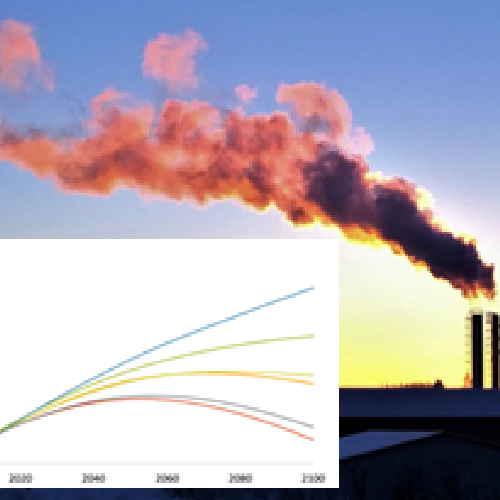Persistent organic pollutant futures: making 21st century projections of POPs concentrations and risks in British soils

This project will use cutting edge projections of the future state of society to predict how pollution and its impacts may change across Britain in the 21st century. Working alongside a team of environmental scientists, you will use a range of possible directions for UK society, demographics, economics and policy to develop future trends in emissions of persistent organic pollutants (POPs). You will then use these trends to model future concentrations and impacts of POPs in British soils to the end of the 21st century.
This is an exciting opportunity for an applicant with a strong interest in environmental modelling. You will work with scientists using cutting-edge approaches to project and model future environmental change in Britain. You will learn how create datasets for chemical fate models by relating predictions of socioeconomic change to chemicals use and emissions, run models, and map, interpret and use the outputs to project future impacts of chemicals on environmental and human health.
You will be supervised by internationally-recognised experts in environmental chemical modelling. You will also be encouraged to interact more widely with CEH researchers, to gain a broader experience of how scenarios of possible futures are used to predict environmental change. You will also undergo a three month placement at the Department of the Environment, Food and Rural Affairs to promote your work to UK policymakers, and to gain insight into how the findings of environmental modelling may be used in policy development.
You will be based at the Centre for Ecology and Hydrology (CEH) in Lancaster, and registered at Lancaster University. CEH is the UK’s centre of excellence for integrated environmental sciences. The Lancaster laboratories are co-located with the University’s Environment Centre (LEC), so you will have good access to all your supervisors and have full access to the University facilities.
You will have a good degree (I or II(i)) in a physical science (e.g. Physics, Chemistry or similar) or an environmental sciences subject, with evidence of numerical and/or data handling skills and use of environmental models. You will need a strong interest in learning how to set up and apply environmental models at large scales, and in interpreting the model outputs.
For more information please contact Dr. Stephen Lofts (stlo@ceh.ac.uk).
